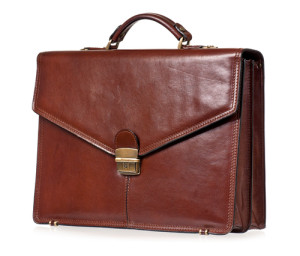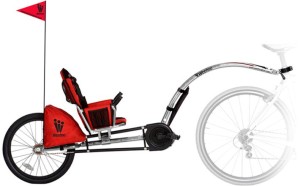Twitter is giddy about a Baltimore Sun report that a medical malpractice defense law firm lost a portable hard drive containing medical records for 161 stent patients in the lawsuit against cardiologist Dr. Mark G. Midei for alleged malpractice at St. Joseph Medical Center in Towson. Apparently, an employee of the law firm Baxter, Baker, Sidle, Conn & Jones left the hard drive on the Baltimore light rail. It is a good story anyway, but this one is extra juicy because it involves the most prolific malpractice lawsuit in Baltimore. So it is the perfect storm. The lawyers at Baxter, Baker must have muttered a thousand times by now: why this case of all cases?
The irony of all of this bad publicity for Baxter, Baker – which is a very good law firm – is that they did what their malpractice clients rarely do: they owned up to their mistakes. The law firm notified St. Joseph – its hospital client – and the malpractice insurer of the hard drive loss shortly after the loss and acted fairly quickly to let the patients know of the potential invasion of their privacy. Ultimately, while it is unfortunate that patients who have already suffered have to fear this potential invasion of their privacy, the good news is that this is very unlikely to cause anyone harm. There are probably far greater privacy risks for these patients out there. (Where is the defendant’s medical expert keeping these records?) The way Baxter, Baker could really screw up would be in the cover-up which they wisely did not attempt.












